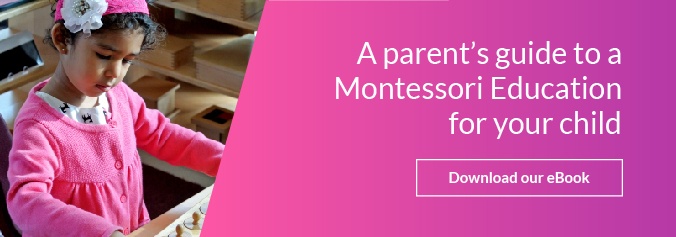The Montessori classroom can accommodate a wide range of student needs. When Maria Montessori originally developed the Montessori Method, she did it by working with children who were considered ‘unteachable’ by other educators. From the very beginning, the Montessori Method was designed to meet students where they are. This design allows for students at various levels and learning styles to thrive in the Montessori classroom. The teacher in the Montessori classroom accommodates a wide range of student needs by observing students in a variety of situations, interacting with students individually, and developing individualized learning plans.
Observes students in a variety of situations
Students in the Montessori classroom are provided with opportunities to work in groups of various sizes and to work independently. In addition, enrichment programs are part of a Montessori education and provide unique opportunities for students. The teacher observes students in the different situations in order to gain valuable information about things such as interests, learning style, and areas in which the student struggles. The information the teacher gains from observing students is used to make accommodations for each child’s unique needs.
Interacts with students individually
The Montessori class is intentionally kept small to make it possible for the teacher to interact individually with each student. These interactions – along with the teacher observations – are then used to help with lesson planning. Learning about the unique needs of each student allows the teacher to create a classroom environment with accommodations for each child.
Develops individualized learning plans
Another way the Montessori teacher accommodates a range of student needs is by developing individualized learning plans. There is no one-size-fits-all lesson plan in the Montessori classroom. The Montessori Method takes a child-centered approach by focusing on individual needs. The teacher creates an individualized learning plan for each student that takes into account any and all factors that may impact learning. When creating an individualized learning plan, the teacher will consider the child’s interests, needs, abilities, and experience. Each student is provided with a plan that allows them to learn and grow at their own pace. Each child is given the time and space to work on a topic or concept as long as necessary for mastery to occur. This design allows for all children to thrive. A gifted child can move quickly and not be slowed down by others in the classroom who need more time. A child who is struggling in a particular area can take the time that he or she needs to achieve mastery. Individualized learning plans make it possible for any child to do well in the Montessori classroom.
The Montessori classroom is a unique place. There are few classrooms that can meet the needs of such a wide range of students. You can learn more about how the Montessori teacher accommodates a wide range of students by observing a class and seeing the process for yourself.












Let us know what you think about this post
Put your Comment Below: